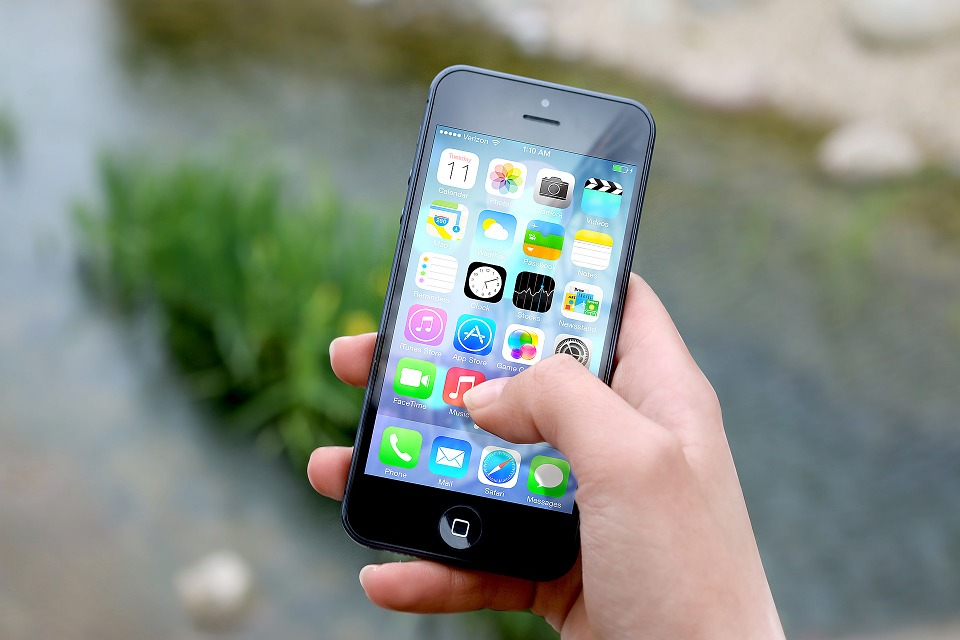
Mobile apps have been on a constant trend upwards for the past 11 years in the United States and the barrier to entry for app developers continue to get lower and lower daily. Mobile apps are bite-sized applications that can create mega value for those who use them and equally as much to those who develop them. With more than 8 out of 10 millennials sleeping within 5 feet of their mobile devices, it’s no question that engagement between the user and mobile apps are extremely high these days. As you venture out in society, take a look around you… notice anything? That’s right, nearly everyone has a smartphone in their hand and use it to handle all aspects of their lives from social, to task-related items and even ordering tonight’s dinner.
As a person or organization building a mobile app, you must take the time to plan your mobile app development process properly. Many times when you come up with a novel idea, it can feel like a rush to get it started so you can get it out in the market faster than your competition. Although this is a normal reaction, being first to market does not always signify success. The ones that do this tend to go with an MVP (Minimal Viable Product) to start and then use small “sprints” to bring new features into the app in later releases. This is the proper way to develop apps so things can scale in parts and testing/feedback can be gathered during each iteration. With that being said, one of the most common mistakes according to Will Manuel, the Founder/President of Core Mobile Apps a Florida-based app development company is not taking the time to properly “spec” out a project.
Proper mobile app development starts with the right plan and prototype. Gathering all of the requirements on paper or digitally first is critical. This will force you to think through your idea in every way and give the app developer the best chance to capture your ideas into the app itself. Once all of the requirements have been taken into account, a formalized scope document should be created to make sure every detail is written out and accounted for by the development team. From there, the designer of your prototype will be able to start laying out the flow of the app and will oftentimes use a tool like Invision to bring it all together. Once the screens are designed, the client will be able to review the first draft and request any changes, updates, or new screens needed to complete the prototype. After a few back and forth sessions, you should be able to close out the project with a very good mobile app prototype.
In conclusion, it makes the most sense to get started in the app development process by getting all of your requirements together and working with an experienced development team that can bring your idea to life. With that being said, it’s always best to set aside several weeks at the start of the project to lay everything out and get a proper prototype made before going full-fledge into development. It can save you a lot of headaches and costly mistakes.


